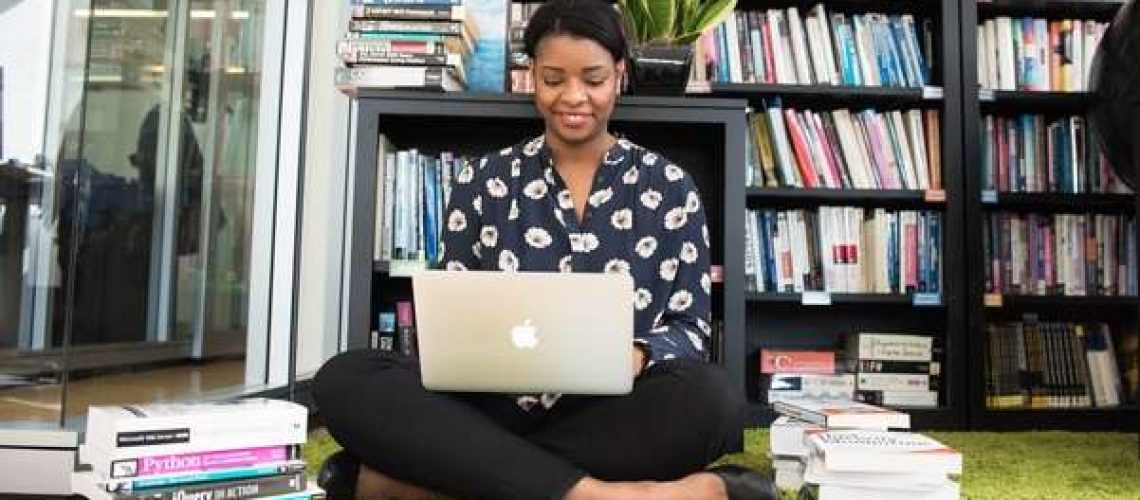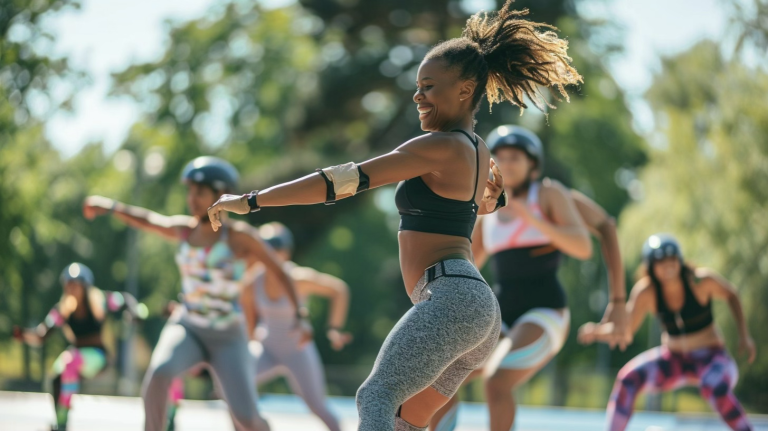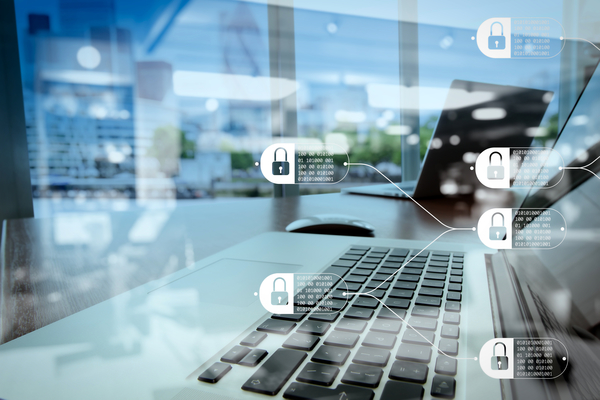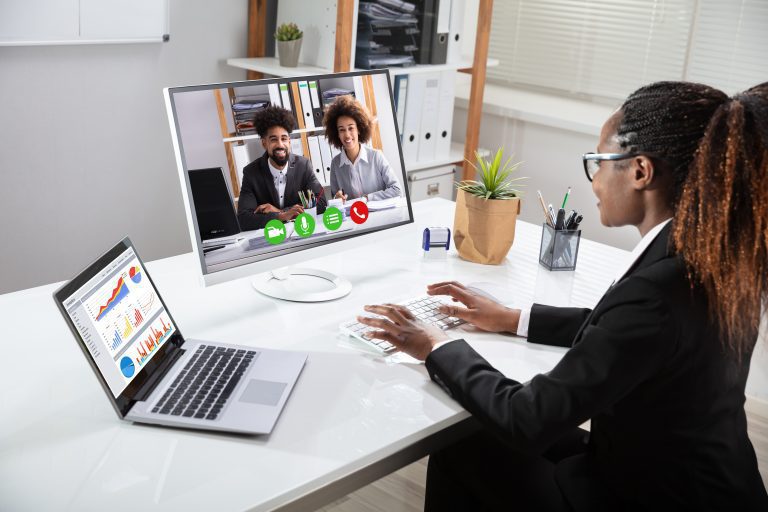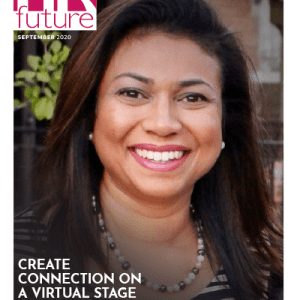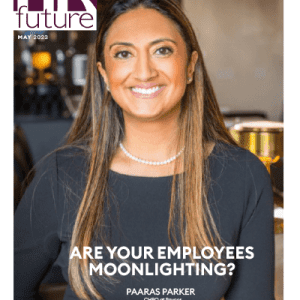If you’re a business that’s planning the design of your workplace for the next generation of workers, it’s time to get a move on.
Workers who expect an experiential workplace, meaning the feelings and responses that a person has throughout their workday, are coming into the market quicker than many think. They are going to arrive in the next year two. And for this generation, and even previous generations of workers, the workplace experience is now nearly as important as the job itself.
How should businesses prepare?
Reconfiguring for a disparate workforce
In today’s workplace, up to five generations work alongside each other, making a huge impact both on the culture and workplace.
These workers include introverts and extroverts, Millennials, Baby Boomers, and those coming into their careers and almost exiting. This means workplaces will need to be reconfigured and planned with agility in mind, with different types of spaces for employees that work in very different ways.
The challenge is designing spaces with a huge amount of variety and agility, knowing that groups today might work differently than groups five years from now, three years from now, and even ten years on.
The workplace and collaboration
When most people think about the workplace as a destination, they typically think of an actual physical environment that provides a laptop, a phone, but without the ability to do the work anywhere but that office.
But that’s quickly changing.
The number one reason employees go to the workplace is the human connection: meeting with teammates, social interaction, connecting with the company’s brand and culture, and feeling like a part of an organisation.
Many organisations have experimented with remote working but many employees prefer to go to an office because it provides a wide variety of work styles, collaboration, and space—sometimes even fun spaces—to innovate with their colleagues.
The details are always in the design
To make the workplace attractive you can’t skirt good design. It matters for two reasons. The first comes from the fact that the primary driver for an organisation is to have more productive and more profitable operations. To accomplish this you need to attract and retain the best employees and keep them happy and prosperous.
Good design is a thoughtful approach that helps drive the workplace in how it functions and works for employees that goes beyond video conferencing or wireless technology. It really comes in everywhere – from primary space to flex space, collaborative and creative spaces and of course how people feel in the spaces.
Promoting wellness at every step
If you don’t have a wellness program, chances are your competition does.
It’s not a fad and it’s not going away. In the US, about 75% of companies offer a wellness programme and we expect this to be a trend that catches on in South Africa too.
Design and the use of furniture can play a role, notably ergonomics, in wellness, such as sit-to-stand desks, fully adjustable task chairs and monitor arms, and accessible power.
Some of the ways we approach how we design workplaces gives us the ability to affect some of that positive culture change or help enforce good behaviours that will help affect the wellbeing and health of employees. From making workspaces more comfortable and collaborative for all generations of workers, to using design to create a unique culture in the workplace, there are many changes ahead. One thing is for certain, the workplace is more important for your next hire than the person you hired five years ago.
Linda Trim is a Director at workplace design specialists, Giant Leap.

